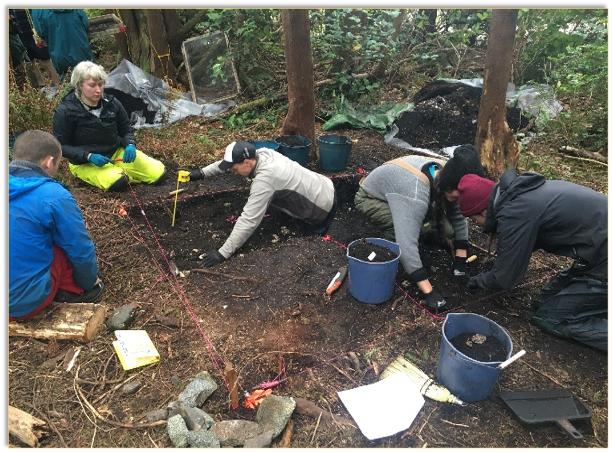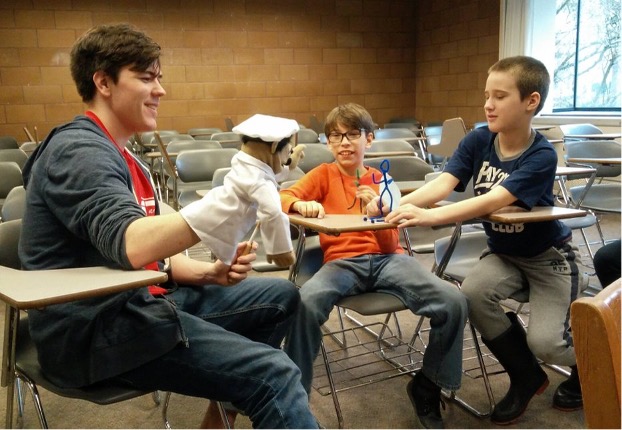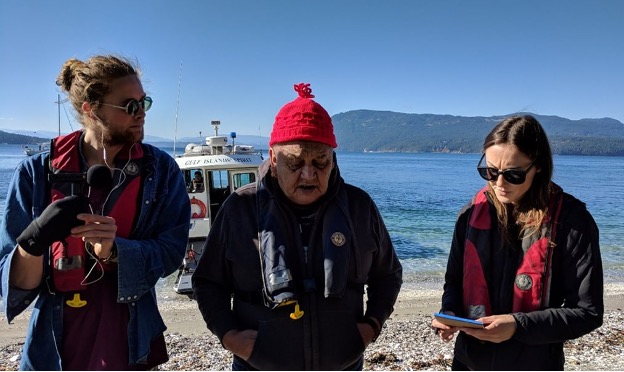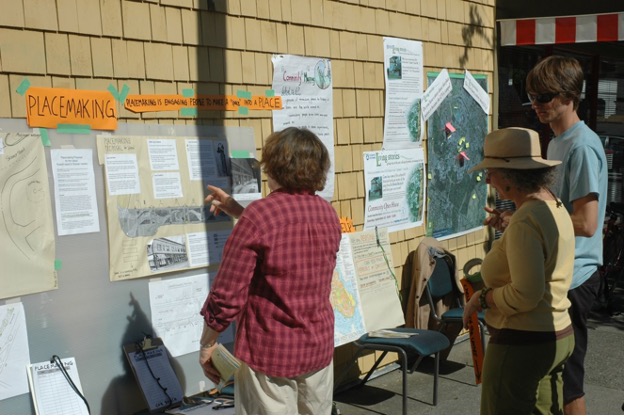Community-Engaged Learning
A form of experiential learning and community-engaged scholarship whereby students actively engage with course content through the combination of collaborations with community and facilitated reflection
About CEL
At the core of CEL is the reciprocal, mutually beneficial partnership between community, faculty and students. This partnership facilitates an active interchange of knowledge both to the community from the student and to the student from the community. Additionally, the activities in the learning process contribute to community. The community (both on and off campus) is broadly defined and includes community groups, businesses, governmental and non-governmental agencies, industry, First Nation communities, and others.
There are a number of ways that the engagement between the community, the student and the instructor can happen, including research, projects, outreach, participation, creative activity and business plans. These are explained further in our Spectrum of Engagement.
Spectrum of Engagement
Low engagement and simple reciprocity
Inform
Students interact with community partners through the exchange of knowledge
Example: Victoria Mayor Lisa Helps discussing the urban food system with students in the Growing Community Class.
Consult
Students provide research or project support for community partners
Example: Students studying Comparative Electoral Systems joint with local political organizations to host community outreach events around electoral reform in BC.
Medium engagement and average reciprocity
Involve
Students participate in community partner endeavours
Example: Psychology students work with the Centre for Autism Research Technology and Education to enhance the social and emotional skills of children and adults with autism spectrum disorders (ASD).
Collaborate
Students and/or faculty develop and implement mutual projects with community partners
Example: Anthropology students learning about Indigenous cartographies and ethnographic mapping through collaboration to protect ancestral sites with Hul’qumi’nun elders and Parks Canada.
High engagement and complex reciprocity
Co-Create
Faculty and community partners c0-create, co-deliver and co-evaluate community-engaged learning
Example: Archaeology Field School: Students excavating at an ancient Tseshaht First Nation settlement in the Broken Group Islands unit of Pacific Rim National Park Reserve.




